A match made in heaven
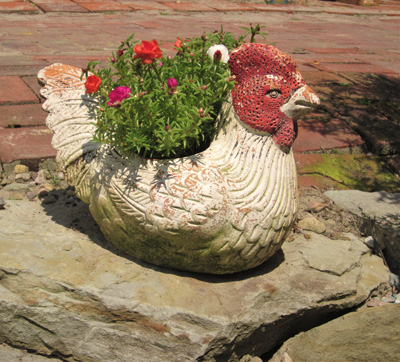
There it was … an unusually small, sky-blue strawberry pot sitting on a shelf. Maybe it was the color, or maybe it was the pot’s short, squatty stature, but in one of those “must-have-it” moments, I bought it and brought it home. Every year since then at the onset of cool weather, I plant the pot with dainty, blue-purple-yellow-and-white Johnny jump-ups. It’s my own “match made in heaven.”
Matching plants with pots isn’t always that easy.
Sometimes you have the plant or plants on hand; other times you have the pot, having been smitten by a container so unusual, so fabulous, so “you” that you couldn’t walk away from it. But whether you start with the plants or the pot, the goal is the same: a healthy, thriving plant or plant combination in an appropriately-sized pot where the plant, the pot, or both are shown to their best advantage.
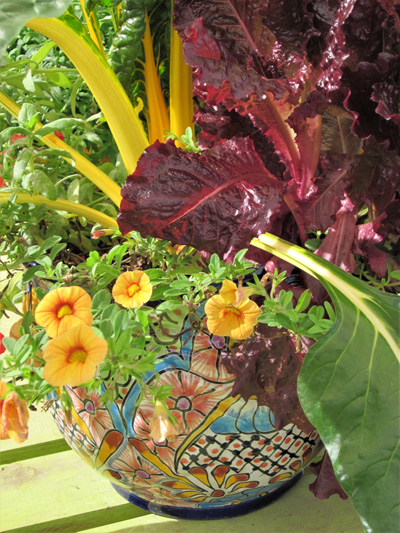
Luckily, there are some simple guidelines to help create dazzling plant/pot combinations. Remember, pots should enhance plants’ particular characteristics, not overwhelm them.
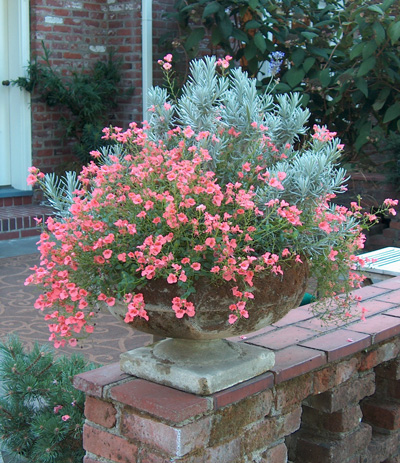
First, consider size and shape. Proportion matters. A pot that is too narrow, too short, too wide, or too tall in relation to the plant is a distraction.
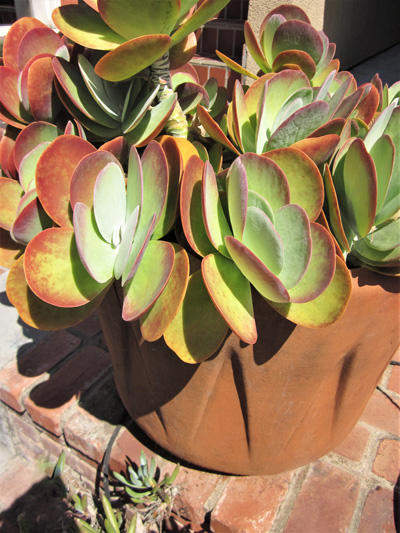
Shapes matter, too. When appropriate, use pots to emphasize a plant’s unique form. A low, round bowl mimics the spherical qualities of barrel cactus, globe basil, and other ball-shaped beauties. Tall slender pots seem to propel the upward momentum of chard, cordyline, Japanese blood grass, and feather grass, to name a few.
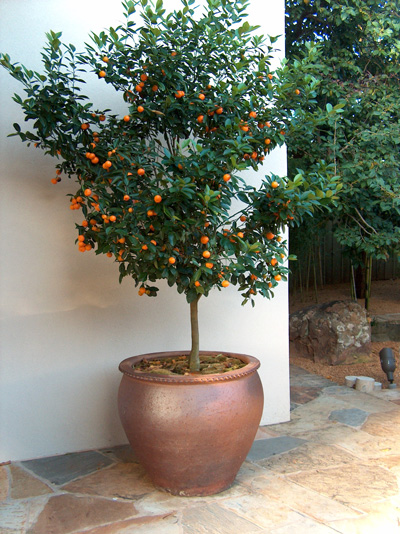
Likewise, for those miniature fruit trees, palms, and topiaries that resemble lollipops, consider tubs or large, square containers made of concrete, stone or other heavy material. The weight of the pot (plus soil) will help keep the plant from tipping over; moreover, large containers are proportionally pleasing when paired with top-heavy plants.
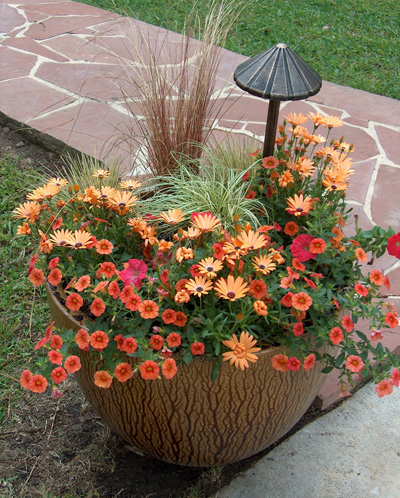
And, finally, no mention of plant/pot combinations is complete without considering color. Pots molded of yellow plastic, shaped from white clay, or glazed with cobalt blue: plants with chartreuse leaves, or red stems, or lavender flowers — the possibilities are endless!

You might want to start by creating a monochromatic plant/pot combination: that is, select a pink pot for a pink-blooming hydrangea or choose a green pot for ivy, fern, or other selection with green-foliage. Neutral-toned pots (white, silver, gray and black) are a safe choice for most plant combinations that feature flowers and foliage of different colors. Or, select pots that match the dominant foliage or flower color of those particular combinations.
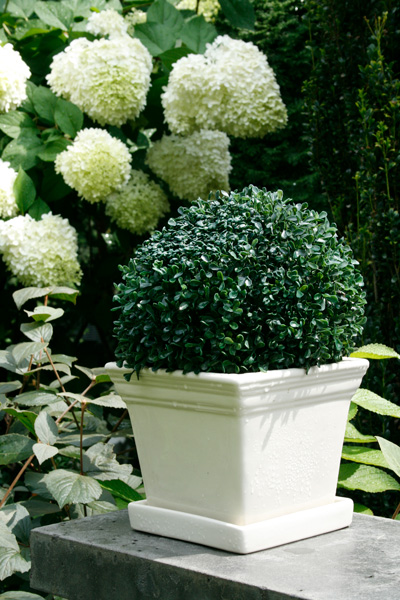
Combinations of plants that feature different shades of the same color are calming—sometimes elegant. Reinforce the theme with a pot of the same color, or use a neutrally-toned pot to anchor it. Although not technically considered a “neutral color”, terra cotta pots are a classic choice for herbs, geraniums, and other cottage-garden favorites.

Foliage variegation affects pot selection, as well. Allow plants with heavily variegated foliage (croton, coleus, and canna, among others) to speak for themselves by planting them in pattern-free containers. Likewise, highlight the patterns of plants with tiny leaves (variegated lemon thyme, for instance) by planning them in solid-colored pots.

As you create your own match made in heaven, be mindful of the colors in the surrounding environment. Plant/pot combos should be proportionally-sized to the existing space, and the colors should match or complement the color of the house, shutters, furniture cushions, umbrellas, and outdoor accessories.
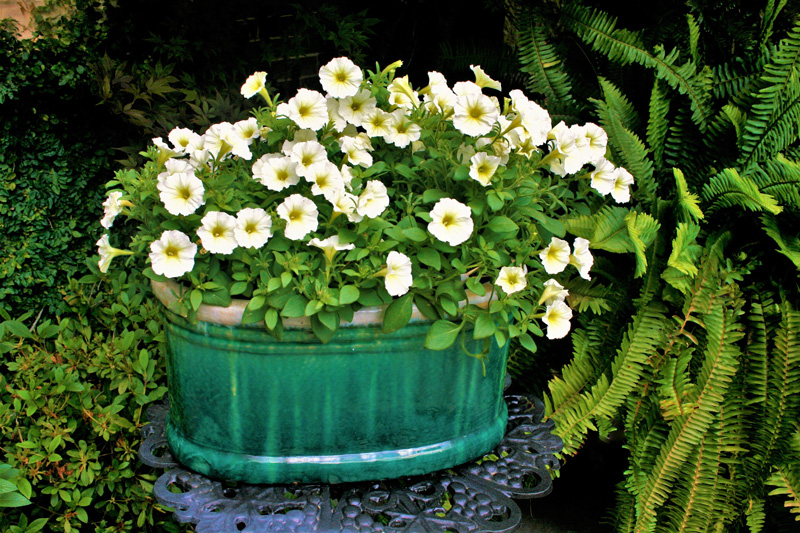
And remember, while it’s good to be aware of guidelines as you work your magic pairing plants and pots, perhaps the real magic comes from following your own sense of creativity and eye for design. After all, beauty is in the eye of the beholder.
